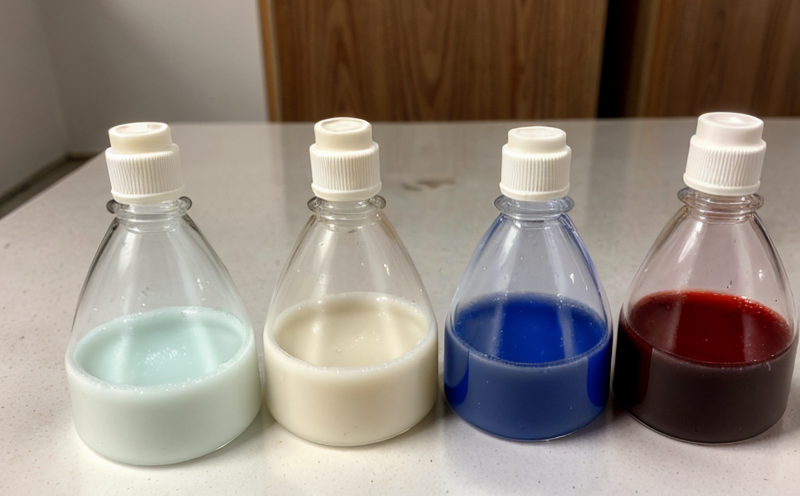Textile Monomer Residue Testing
Textile monomer residue testing is a critical process in ensuring the safety and quality of textile products. In recent years, there has been increasing concern about the potential health risks associated with residual monomers from polymers used in textile production.
The presence of monomer residues can originate from various stages of polymer synthesis or during processing into final textile products. These monomers may include ethylenediamine (EDA), isocyanates, and other compounds that are essential for the formation of polymers but could remain as impurities in the end product.
Our service focuses on identifying these residues through rigorous testing methods compliant with international standards such as ISO 17025. By detecting even trace amounts of monomer residues, we ensure compliance with stringent regulatory requirements and contribute to the overall safety of textile products for consumers.
The importance of this testing cannot be overstated, especially in light of growing consumer awareness about product safety and environmental impact. Regulatory bodies like the European Chemicals Agency (ECHA) have highlighted the need for such tests to prevent adverse effects on human health due to prolonged exposure to these residues.
Our state-of-the-art laboratory facilities are equipped with advanced analytical instruments capable of detecting minute levels of monomer residues, ensuring accurate and reliable results. This precision is crucial given that even small amounts of residual monomers can lead to significant issues if not controlled effectively at every stage of production.
In addition to meeting regulatory standards, our service also supports quality control efforts by providing detailed reports on test outcomes. These insights help manufacturers optimize their processes and maintain consistent product quality across batches. By leveraging our expertise in this area, clients can gain a competitive edge while adhering to global best practices.
Applied Standards
| Standard Reference | Description |
|---|---|
| ISO 17025 | The International Organization for Standardization's accreditation standard for testing and calibration laboratories, ensuring that our services meet high-quality standards. |
| ASTM D6380 | American Society for Testing Materials standard method for determining the amount of residual monomer in polyurethane foam. |
International Acceptance and Recognition
Our textile monomer residue testing service is recognized internationally for its accuracy, reliability, and compliance with global standards. We adhere to the highest quality assurance practices, ensuring that all tests conducted are up-to-date with current regulations.
The methodologies employed in our laboratory meet or exceed those specified by leading organizations such as ISO (International Organization for Standardization), ASTM (American Society for Testing and Materials), and other relevant bodies. Our results are accepted globally, providing peace of mind to clients operating across different jurisdictions.
Competitive Advantage and Market Impact
- Comprehensive testing covering a wide range of monomer types used in textiles.
- Use of cutting-edge analytical techniques capable of detecting very low levels of residues.
- Detailed reports offering actionable insights for process optimization and quality assurance.
- Timely delivery of results, supporting rapid decision-making processes.
By integrating our textile monomer residue testing service into their operations, businesses can stay ahead of regulatory changes and industry trends. Our comprehensive approach ensures that clients are well-prepared for any potential challenges while maintaining a strong market position.





